Common mode rejection ratio glossary
Common-Mode Rejection Ratio-The ratio of the common-mode interference voltage at the input of a circuit to the corresponding interference voltage at the output. A high ratio is desirable. The ratio expresses the capability of the device to reject the effect of a voltage that is applied simultaneously to both input terminals.
Common Mode Rejection Ratio (CMRR) The CMRR of a differential amplifier (or other device) is the rejection by the device of unwanted input signals common to both input leads… Common Mode. Also referred to as common impedance, common mode is conducted noise that appears in phase, in the same direction, on two conductors. Conducted Noise
The common mode rejection ratio (CMRR) of a differential amplifier (or other device) is a metric used to quantify the ability of the device to reject common-mode signals, i.e., those that appear simultaneously and in-phase on both inputs.
Common mode rejection ratio (CMRR) and common mode rejection (CMR) measure the ability of a differential input amplifier, such as an op amp or an INA, to reject signals common to both inputs. The technical definition for CMRR is the ratio of differential gain to common mode gain.
ADC and DAC Glossary Jul 22, 2002 Abstract: Common-mode rejection ratio (CMRR) is the ratio of the differential signal gain to the common-mode signal gain. CMRR is often expressed in decibels (dB). Crosstalk Crosstalk is a measure of how well each analog input is isolated from the others.
Common-Mode Rejection Ratio – The ratio of the common-mode interference voltage at the input of a circuit to the corresponding interference voltage at the output. A high ratio is desirable. The ratio expresses the capability of the device to reject the effect of a voltage that is applied simultaneously to both input terminals.
Common Mode Rejection Ratio (CMRR) By Concept Systems’ Glossary on in Glossary The CMRR of a differential amplifier (or other device) is the rejection by the device of unwanted input signals common to both input leads, relative to the wanted difference signal.
common-mode rejection ratio (CMRR) The ratio of op-amp differential gain to common-mode gain. A measure of an op-amp’s ability to reject common-mode signals such as noise.
common mode rejection ratio ratio of the voltage applied between a specified reference point and the input terminals, when connected together by a specified circuit, to the voltage required between the input terminals to produce the same value of the output NOTE 1 – The common mode rejection ratio is usually expressed in decibels and can depend on the frequency, the waveform
In electronic systems, power supply rejection ratio (PSRR), also supply-voltage rejection ratio (k SVR; SVR), is a term widely used to describe the capability of an electronic circuit to suppress any power supply variations to its output signal. (otherwise the common-mode rejection ratio
Common-Mode Input Resistance (RINCM) For op amps operating in the linear region, this term defines the input common-mode voltage range divided by the change in input bias current across that range. 2. DC Common-Mode Rejection (CMRDC) This is a measure of the op amp’s ability to reject DC signals present in equal measure at both inputs.
INA148-Q1 ±200-V Common-Mode Voltage Difference Amplifier 1 1 Features accurate 1-V/V differential gain and high common-mode rejection. Excellent temperature tracking of the CMRR Common-mode rejection ratio VCM = –47.5 V to 32.5 V, RS = 0 Ω 70 86 dB
Common mode rejection ratio (cmrr) (English to English translation). Translate Common mode rejection ratio (cmrr) to English online and download now our free translation software to use at any time.
LowCurrent.com is the leading independent source of information for low current professionals. With a focus on the MENA region, we are dedicated to the development of designers, engineers, technicians, and salespeople working in the industry.
Common-mode rejection ratio is the ratio of the differential signal gain to the common-mode signal gain. crosstalk For an analog-to-digital converter (ADC) with more than one input, crosstalk is the amount of signal from one analog input that appears on the measured analog input.
Normal mode rejection; NMV; Normal mode voltage; NOSPE; Low ohmic star point grounding (in electric energy systems) NPL; National Physics Laboratory (UK) NPT; Noise protection transformer; NR; Noise ratio; NSA; Normalized site attenuation; NVLAP; National Voluntary Laboratory Accreditation Program (USA) O. OATS; Open area test site; OIML
Common Mode Rejection Ratio Describes how well an instrument can reject the effect of common-mode voltage entering on the input from the output. It is usually expressed in decibels (dB). It is the ratio between the common-mode voltage on the input terminals of the device and the differential input
Both examples deal with the issue of common-mode rejection , which is one measure of how much the input switching threshold changes in response to a defined noise input. For linear amplifiers , it’s common to see a common-mode rejection ratio (CMRR) specification for common-mode noise at the input terminals and also for noise at the power
Tektronix Application Note > Fundamentals of Floating
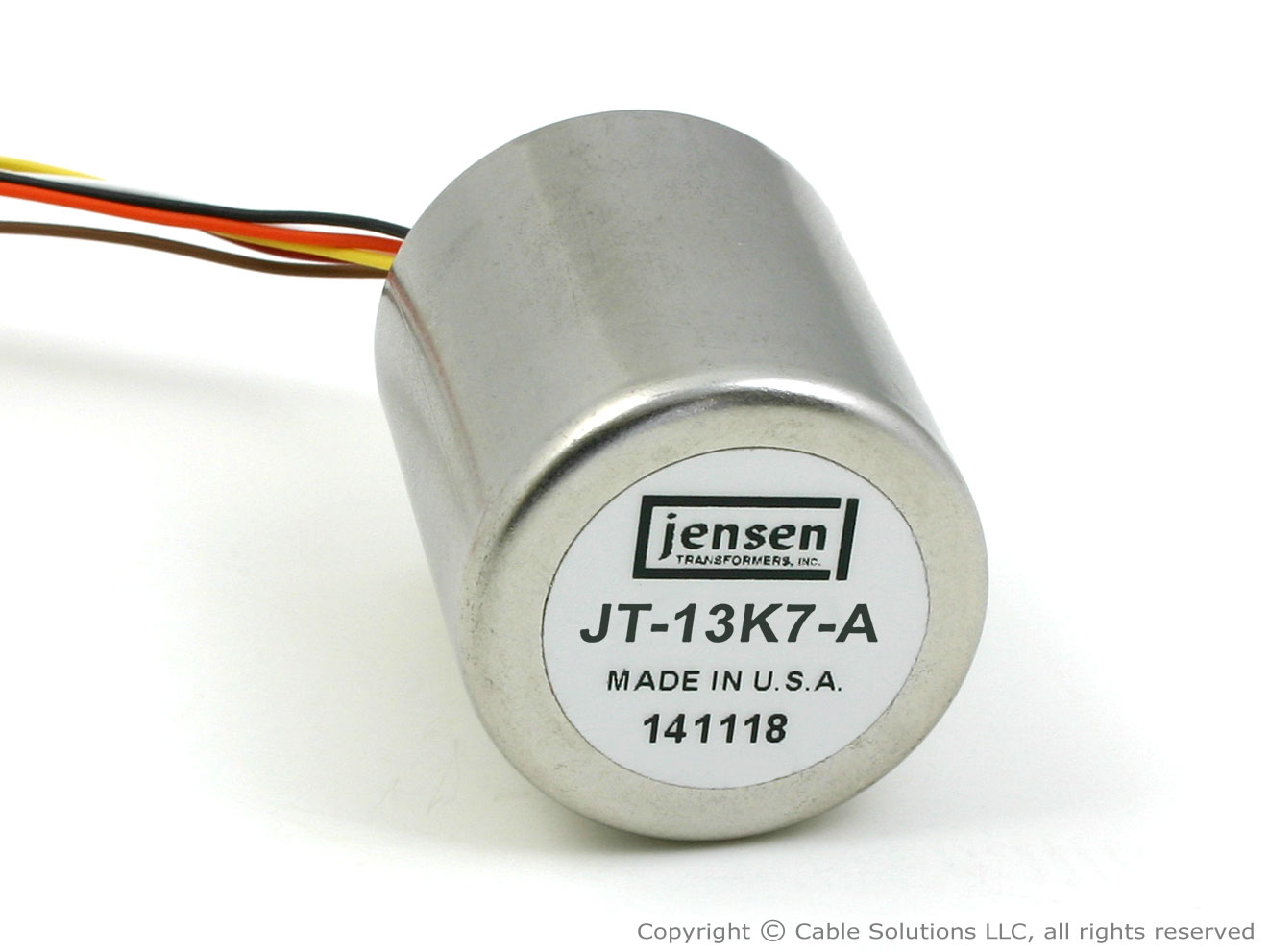
Glossary Detail schaffnerusa.com
EN61000-4-5:2KV common mode, 1KV differential mode This site uses cookies. Some of these cookies are essential to the operation of the site, while others help to improve your experience by providing insights into how the site is being used.
Electrical Testing Glossary of Terms. AC Voltage: Alternating Current Voltage is when an electric current where the flow of the electric charge is periodically reversing direction. Common Mode Rejection Ratio (CMRR): Common mode rejection ratio measures the ability of …
07.11.2019 The Schaffner Group introduces extensions for 50… schaffnerusa.com Glossary Detail. Schaffner Impulse; Newsletter; Contact; Global Address List
Any intensity noise of the used light source is largely canceled out with that balanced detection scheme, so that measurements with an improved signal-to-noise ratio can be done. The mentioned cancellation is called common mode rejection and can be quantified in decibels. One often achieves 50 dB or more.
🐇🐇🐇 • common mode rejection ratio 📐 📓 📒 📝 Look at other dictionaries: CMRR — steht für: das Center for Magnetic Recording Research Common Mode Rejection Ratio, siehe Gleichtaktunterdrückung Diese Seite ist eine Begriffsklärung zur Unterscheidung mehrerer mit demselben Wort bezeichneter Begriffe … Deutsch Wikipedia. CMRR
Glossary of Isolation Amplifier Terms ©2019 Toshiba Electronic Devices & Storage Corporation . common-mode rejection ratio IN. CMRR. IN The ratio of the gain from a common-mode input GCM to the differential input G. CMRR IN. is specified over the V range between -0.2 and +0.2 V.
Common Mode Rejection Ratio (CMRR) is infinity. Slew Rate (SR) is infinity. It means, the ideal op-amp will produce a change in the output instantly in response to an input step voltage. Practical Op-Amp. Practically, op-amps are not ideal and deviate from their ideal characteristics because of some imperfections during manufacturing.
режим синфазного сигнала синфазный режим
Glossary »Table of Contents effective common-mode rejection ratio—The sum of the CMRR and of the NMRR at a given frequency. Also, the effective rejection of a given noise signal that is applied to both input leads as it is rejected first by the CMRR capability of the instrument,
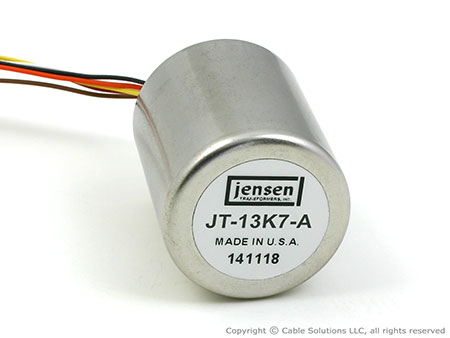
Common Mode Rejection Ratio: This ratio gives an indication of the capacity of a device for rejecting common mode signals, ie signals which are applied simultaneously to the pair of conductors of a balanced cable (noise). When the common mode signal arrives along with the audio signal at the input of balanced audio, it eliminates
Glossary Common-Mode Signal The component of an input signal which is common (identical in amplitude and phase) to both inputs. Common-Mode Range The maximum voltage (from ground) of common-mode signal which a differential amplifier can reject. Common-Mode Rejection Ratio The performance measure of a differential amplifier’s
Common Mode Rejection Ratio (CMRR) The common mode rejection ratio of a differential or floating measurement instrument indicates the extent of the influence of a parasitic common mode voltage. The smaller the common mode rejection is, the greater the effect of the common mode voltage is on the measurement result.
Common-Mode Rejection Ratio: The ratio of the common-mode interference voltage at the input of a circuit to the corresponding interference voltage at the output. A high ratio is desirable. The ratio expresses the capability of the device to reject the effect of a voltage that is applied simultaneously to both input terminals.
The capacity of an isolation amplifier is a function of two key isolation amplifier specifications: The amplifier’s isolation breakdown voltage, which defines the absolute maximum common mode voltage that it will tolerate without damage. Specifications of 1,000 volts and more are common. The amplifier’s common mode rejection ratio (CMRR).

Common-mode rejection ratio (CMRR) A measurement of the ability of a balanced input circuit to reject an undesired signal that is common to both input terminals. The dScope Analogue Outputs have a CMRR test mode where the output signal is presented as common-mode instead of differential.
CMMR – Common Mode Rejection Ratio. It is a measure of the ability of a test instrument to reject interference that is common to both of its measurement input terminals. It is expressed in decibels and it is the ratio of the actual or common signal level appearing on …
In an ideal differential amp, the common-mode element is cancelled out, since the differential (+ and -) inputs should subtract out the identical components. A measurement of the actual ability to do this is called the Common Mode Rejection Ratio, or CMRR. Report an issue with this definition: source: Electrical Engineering Glossary
A specific feature from Analog Way. Dynamic Fit® is an automatic adjustment of the PIP to fit the image borders (Without black stripes). It’s also an automatic adjustment of the PIP (Aspect ratio) to fit the source image borders during a transition.
CMRR Low Current
синфазный входной сигнал
common mode rejection (CMR) the rejection of a common mode signal, often noise, applied equally to both inputs and that ideally results in no differential signal common mode rejection ratio (CMRR) a measure of common mode rejection, and therefore, ideally, of …
Common-mode rejection ratio — A measure of the capability of an instrument to reject a signal that is common to both input leads; Chemistry and Metallurgy Research Replacement Facility – a nuclear facility at Los Alamos National Laboratory; Committed Monthly Recurring Revenue — The value of the recurring portion of subscription revenue.
CMRR . Acronyms meaning general topics . The following text is used only for educational use and informative purpose following the fair use principles.
Common-Mode Rejection Ratio CMRR – measure for the rejection of unwanted input signals common to both inputs. An ideal differential amplifier should have a very high CMRR.
синфазный сигнал; синфазная помеха; помеха общего вида
Glossary »Table of Contents Common-mode rejection ratio—a measure of the ability of an instrument to reject interference from a common-mode signal, usually expressed in decibels (dB). code width: The smallest detectable change in an input voltage of a DAQ device.
Common mode rejection ratio (CMRR) The ratio of a device’s differential voltage gain to common mode voltage gain. Expressed in dB, CMRR is a comparative measure of a device’s ability to reject interference caused by a voltage common to its terminal relative to ground.
Common-Mode Rejection Ratio (CMRR) The common-mode rejection ratio of a differential amplifier is the rejection of unwanted input signals common to both inputs relative to the wanted difference signal. Typically the CMRR is expressed in dB. – 2017 honda rebel 500 operators manual If both the inputs are at the same potential, causing the differential input zero, and if the output is zero, the operational amplifier is said to have a good common mode rejection. Common Mode Gain (AC) Common mode gain of an operational amplifier is the ratio of the common mode output voltage to the common mode input voltage. Differential
achieve an extremely-high common-mode rejection ratio (CMRR) of 91 dB while maintaining an ultra-low THD+N of –120 dB at 1 kHz for 22-dBu signal levels. Precision matching of on-chip resistors give the INA165x devices excellent CMRR performance. These resistors have matching that is far superior compared to external components, and are immune
Common-Mode Input Resistance (R INCM) For op amps operating in the linear region, this term defines the input common-mode voltage range divided by the change in input bias current across that range. DC Common-Mode Rejection (CMR DC) This is a measure of the op amp’s ability to reject DC signals present in equal measure at both inputs.
CMRR – common-mode rejection ratio. Latest Articles. Measuring Power Supply Noise Rejection in Oscillators First Electrical Test Solution for USB4
Operational Amplifiers Glossary of Key Terms Maxim
CMRR – Pinanson
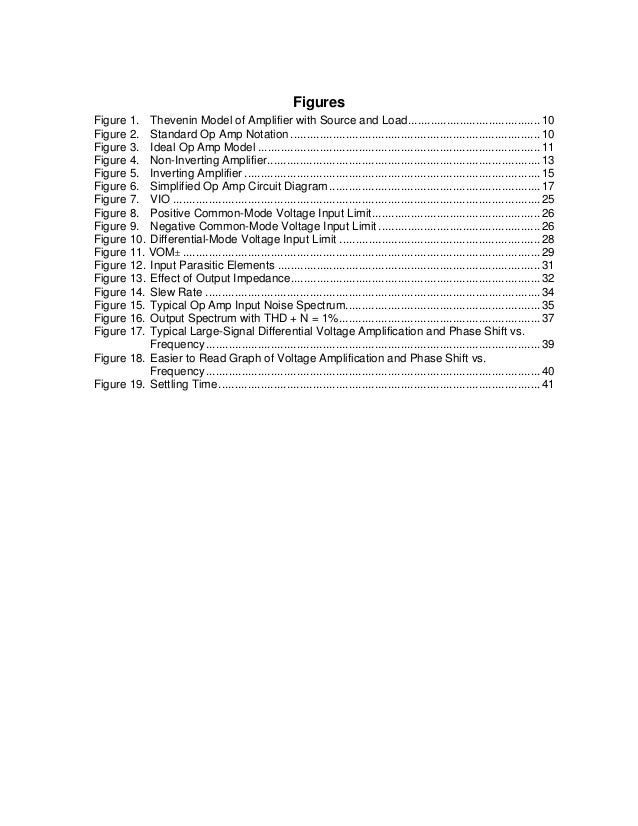
Glossary NI-DAQmx Help – National Instruments
common mode English to Polish
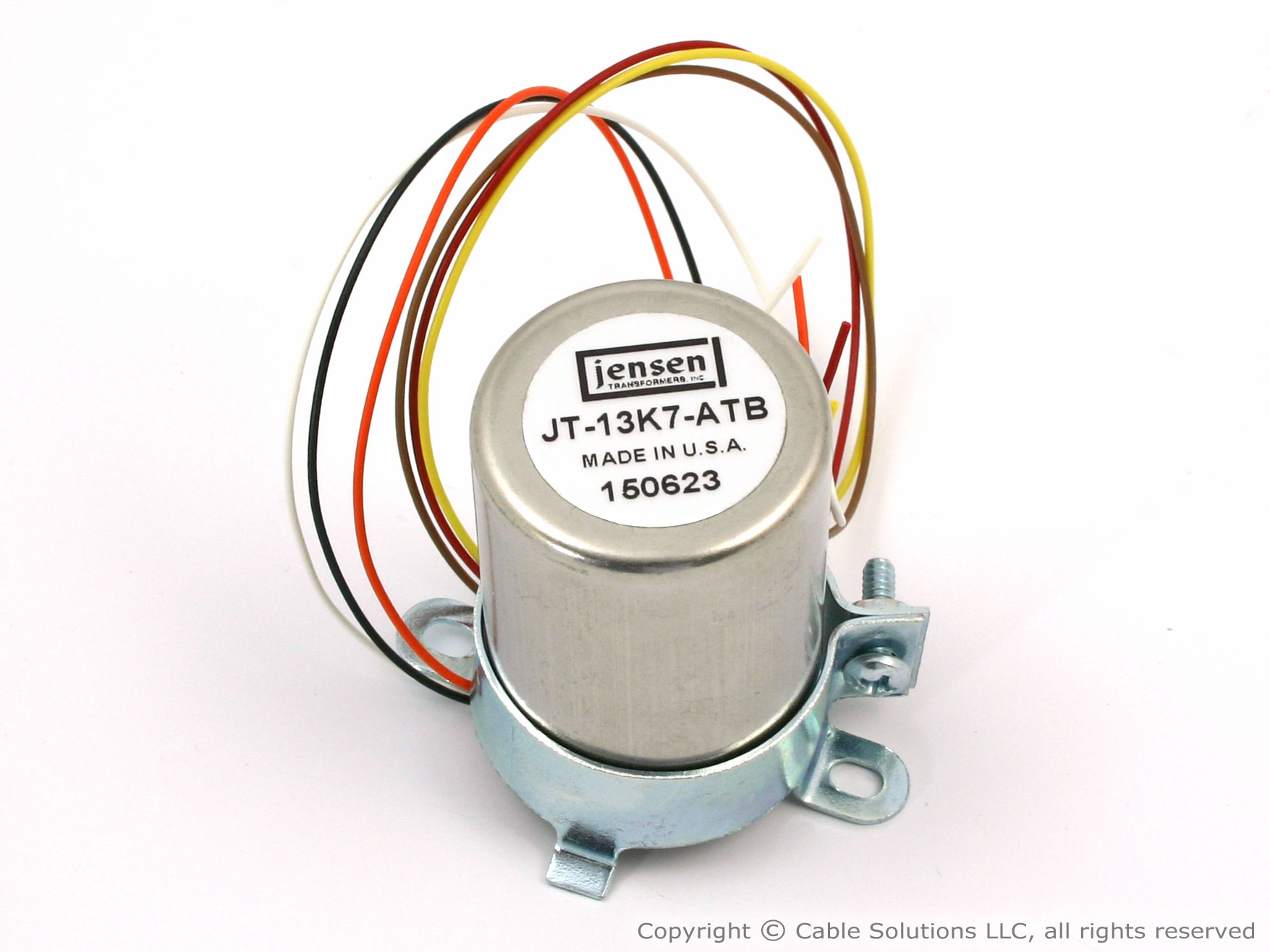
Glossary Analog Microelectronics
Cmrr English to English Translation
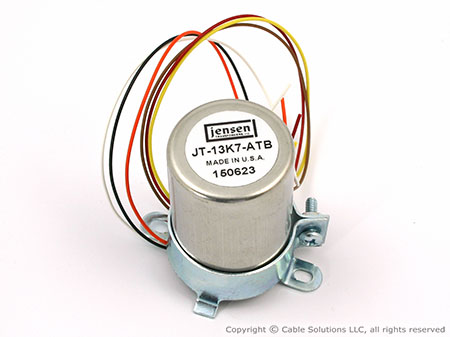
Glossary Analog Way
https://en.wikipedia.org/wiki/Power_supply_rejection_ratio
common mode это… Что такое common mode?
2008 gmc acadia repair manual pdf – CMRR
Glossary WebPort Connects
Glossary NI Digital Multimeters Help (NI-DMM 18.1
What is common mode rejection? AnswersDrive
common-mode rejection ratio (CMRR) The ratio of op-amp differential gain to common-mode gain. A measure of an op-amp’s ability to reject common-mode signals such as noise.
common mode это… Что такое common mode?
OScopes Oscilloscope Glossary – CMRR
INA148-Q1 ±200-V Common-Mode Voltage Difference Amplifier 1 1 Features accurate 1-V/V differential gain and high common-mode rejection. Excellent temperature tracking of the CMRR Common-mode rejection ratio VCM = –47.5 V to 32.5 V, RS = 0 Ω 70 86 dB
common mode 🎓² radioelec_en_ru.enacademic.com
Glossary NI-DAQmx Help – National Instruments
Glossary schaffnerusa.com
Common-Mode Rejection Ratio-The ratio of the common-mode interference voltage at the input of a circuit to the corresponding interference voltage at the output. A high ratio is desirable. The ratio expresses the capability of the device to reject the effect of a voltage that is applied simultaneously to both input terminals.
Tektronix Application Note > Fundamentals of Floating
EMI/RFI Glossary and Acronyms Evaluation Engineering
Common-Mode Input Resistance (RINCM) For op amps operating in the linear region, this term defines the input common-mode voltage range divided by the change in input bias current across that range. 2. DC Common-Mode Rejection (CMRDC) This is a measure of the op amp’s ability to reject DC signals present in equal measure at both inputs.
INA165x SoundPlus High Common-Mode Rejection Line
The capacity of an isolation amplifier is a function of two key isolation amplifier specifications: The amplifier’s isolation breakdown voltage, which defines the absolute maximum common mode voltage that it will tolerate without damage. Specifications of 1,000 volts and more are common. The amplifier’s common mode rejection ratio (CMRR).
Operational Amplifiers Glossary of Key Terms Application
EMI/RFI Shielding Glossary Tech Etch
Common-Mode Input Resistance (RINCM) For op amps operating in the linear region, this term defines the input common-mode voltage range divided by the change in input bias current across that range. 2. DC Common-Mode Rejection (CMRDC) This is a measure of the op amp’s ability to reject DC signals present in equal measure at both inputs.
What is common mode rejection? AnswersDrive
Glossary of Isolation Amplifier Terms
The common mode rejection ratio (CMRR) of a differential amplifier (or other device) is a metric used to quantify the ability of the device to reject common-mode signals, i.e., those that appear simultaneously and in-phase on both inputs.
Tektronix Application Note > Fundamentals of Floating
Operational Amplifiers Glossary of Key Terms Application
Common Mode Rejection Ratio (CMRR) The common mode rejection ratio of a differential or floating measurement instrument indicates the extent of the influence of a parasitic common mode voltage. The smaller the common mode rejection is, the greater the effect of the common mode voltage is on the measurement result.
Aviation Glossary Common-Mode
OScopes Oscilloscope Glossary
EMI/RFI Glossary and Acronyms Evaluation Engineering
🐇🐇🐇 • common mode rejection ratio 📐 📓 📒 📝 Look at other dictionaries: CMRR — steht für: das Center for Magnetic Recording Research Common Mode Rejection Ratio, siehe Gleichtaktunterdrückung Diese Seite ist eine Begriffsklärung zur Unterscheidung mehrerer mit demselben Wort bezeichneter Begriffe … Deutsch Wikipedia. CMRR
OScopes Oscilloscope Glossary – CMRR
CMMR – Common Mode Rejection Ratio. It is a measure of the ability of a test instrument to reject interference that is common to both of its measurement input terminals. It is expressed in decibels and it is the ratio of the actual or common signal level appearing on …
Glossary schaffnerusa.com
CMRR – Pinanson
Glossary NI Digital Multimeters Help (NI-DMM 18.1
Normal mode rejection; NMV; Normal mode voltage; NOSPE; Low ohmic star point grounding (in electric energy systems) NPL; National Physics Laboratory (UK) NPT; Noise protection transformer; NR; Noise ratio; NSA; Normalized site attenuation; NVLAP; National Voluntary Laboratory Accreditation Program (USA) O. OATS; Open area test site; OIML
Common mode rejection ratio (cmrr) English to English
What is CMRR of instrumentation amplifier? AnswersDrive
Glossary WebPort Connects
Common Mode Rejection Ratio (CMRR) The CMRR of a differential amplifier (or other device) is the rejection by the device of unwanted input signals common to both input leads… Common Mode. Also referred to as common impedance, common mode is conducted noise that appears in phase, in the same direction, on two conductors. Conducted Noise
Aviation Glossary Common-Mode
OScopes Oscilloscope Glossary – CMRR
Electronics Testing Glossary Electronics Notes
Glossary »Table of Contents Common-mode rejection ratio—a measure of the ability of an instrument to reject interference from a common-mode signal, usually expressed in decibels (dB). code width: The smallest detectable change in an input voltage of a DAQ device.
Common Mode Rejection Ratio (CMRR) Concept Systems Inc
What is common mode rejection? AnswersDrive
Glossary NI Digital Multimeters Help (NI-DMM 18.1
Common-Mode Rejection Ratio (CMRR) The common-mode rejection ratio of a differential amplifier is the rejection of unwanted input signals common to both inputs relative to the wanted difference signal. Typically the CMRR is expressed in dB.
Basics Of Operational Amplifier Tutorialspoint
EMI Shielding Products RFI Shielding – Glossary of
If both the inputs are at the same potential, causing the differential input zero, and if the output is zero, the operational amplifier is said to have a good common mode rejection. Common Mode Gain (AC) Common mode gain of an operational amplifier is the ratio of the common mode output voltage to the common mode input voltage. Differential
Cmrr English to English Translation
Common-Mode Range Differential Signaling
Glossary of Isolation Amplifier Terms ©2019 Toshiba Electronic Devices & Storage Corporation . common-mode rejection ratio IN. CMRR. IN The ratio of the gain from a common-mode input GCM to the differential input G. CMRR IN. is specified over the V range between -0.2 and +0.2 V.
common mode это… Что такое common mode?
CMRR – Pinanson
Glossary Analog Microelectronics
Common-Mode Rejection Ratio – The ratio of the common-mode interference voltage at the input of a circuit to the corresponding interference voltage at the output. A high ratio is desirable. The ratio expresses the capability of the device to reject the effect of a voltage that is applied simultaneously to both input terminals.
Glossary NI Digital Multimeters Help (NI-DMM 18.1
Common Mode Rejection Ratio (CMRR) The CMRR of a differential amplifier (or other device) is the rejection by the device of unwanted input signals common to both input leads… Common Mode. Also referred to as common impedance, common mode is conducted noise that appears in phase, in the same direction, on two conductors. Conducted Noise
Glossary NI-DAQmx Help – National Instruments
Electrical Testing Glossary of Terms Castle Group Ltd
Common mode rejection ratio (cmrr) English to English
Glossary of Isolation Amplifier Terms ©2019 Toshiba Electronic Devices & Storage Corporation . common-mode rejection ratio IN. CMRR. IN The ratio of the gain from a common-mode input GCM to the differential input G. CMRR IN. is specified over the V range between -0.2 and +0.2 V.
INA165x SoundPlus High Common-Mode Rejection Line
Digital Panel Meter Glossary Omron
Glossary of Isolation Amplifier Terms ©2019 Toshiba Electronic Devices & Storage Corporation . common-mode rejection ratio IN. CMRR. IN The ratio of the gain from a common-mode input GCM to the differential input G. CMRR IN. is specified over the V range between -0.2 and +0.2 V.
Common-Mode Range Differential Signaling
If both the inputs are at the same potential, causing the differential input zero, and if the output is zero, the operational amplifier is said to have a good common mode rejection. Common Mode Gain (AC) Common mode gain of an operational amplifier is the ratio of the common mode output voltage to the common mode input voltage. Differential
Data Acquisition Glossary
OScopes Oscilloscope Glossary – CMRR
Operational Amplifiers Glossary of Key Terms Application
LowCurrent.com is the leading independent source of information for low current professionals. With a focus on the MENA region, we are dedicated to the development of designers, engineers, technicians, and salespeople working in the industry.
OScopes Oscilloscope Glossary – CMRR
Common-Mode Input Resistance (RINCM) For op amps operating in the linear region, this term defines the input common-mode voltage range divided by the change in input bias current across that range. 2. DC Common-Mode Rejection (CMRDC) This is a measure of the op amp’s ability to reject DC signals present in equal measure at both inputs.
What is CMRR of instrumentation amplifier? AnswersDrive
Cmrr English to English Translation
EMI/RFI Glossary and Acronyms Evaluation Engineering
режим синфазного сигнала синфазный режим
Glossary of Electronic Terms used in text [Analog Devices
Semiconductor Devices Differentiator – Tutorialspoint
Common-Mode Range Differential Signaling
Common-Mode Rejection Ratio – The ratio of the common-mode interference voltage at the input of a circuit to the corresponding interference voltage at the output. A high ratio is desirable. The ratio expresses the capability of the device to reject the effect of a voltage that is applied simultaneously to both input terminals.
Glossary schaffnerusa.com
Glossary VX Instruments GmbH
CMRR
Common Mode Rejection Ratio (CMRR) The CMRR of a differential amplifier (or other device) is the rejection by the device of unwanted input signals common to both input leads… Common Mode. Also referred to as common impedance, common mode is conducted noise that appears in phase, in the same direction, on two conductors. Conducted Noise
CMRR – Pinanson
achieve an extremely-high common-mode rejection ratio (CMRR) of 91 dB while maintaining an ultra-low THD+N of –120 dB at 1 kHz for 22-dBu signal levels. Precision matching of on-chip resistors give the INA165x devices excellent CMRR performance. These resistors have matching that is far superior compared to external components, and are immune
Common mode rejection ratio 3 definitions – Encyclo
Aviation Glossary Common-Mode
Glossary »Table of Contents effective common-mode rejection ratio—The sum of the CMRR and of the NMRR at a given frequency. Also, the effective rejection of a given noise signal that is applied to both input leads as it is rejected first by the CMRR capability of the instrument,
RP Photonics Encyclopedia balanced photodetection
Operational Amplifiers Glossary of Key Terms Maxim
Common Mode Rejection Ratio (CMRR) is infinity. Slew Rate (SR) is infinity. It means, the ideal op-amp will produce a change in the output instantly in response to an input step voltage. Practical Op-Amp. Practically, op-amps are not ideal and deviate from their ideal characteristics because of some imperfections during manufacturing.
Common mode rejection ratio (cmrr) English to English
INA165x SoundPlus High Common-Mode Rejection Line
Common Mode Rejection Ratio (CMRR) Concept Systems Inc
Any intensity noise of the used light source is largely canceled out with that balanced detection scheme, so that measurements with an improved signal-to-noise ratio can be done. The mentioned cancellation is called common mode rejection and can be quantified in decibels. One often achieves 50 dB or more.
Glossary Analog Microelectronics
common mode это… Что такое common mode?
Aviation Glossary Common-Mode
режим синфазного сигнала синфазный режим
Data Acquisition Glossary
What is common mode rejection? AnswersDrive
Glossary of Isolation Amplifier Terms ©2019 Toshiba Electronic Devices & Storage Corporation . common-mode rejection ratio IN. CMRR. IN The ratio of the gain from a common-mode input GCM to the differential input G. CMRR IN. is specified over the V range between -0.2 and +0.2 V.
Common Mode Rejection Ratio (CMRR) Concept Systems Inc
Basics Of Operational Amplifier Tutorialspoint
Common Mode Rejection Ratio (CMRR) By Concept Systems’ Glossary on in Glossary The CMRR of a differential amplifier (or other device) is the rejection by the device of unwanted input signals common to both input leads, relative to the wanted difference signal.
common mode 🎓² radioelec_en_ru.enacademic.com
Automation Glossary of terms Concept Systems Inc
Cmrr English to English Translation
Common-Mode Rejection Ratio: The ratio of the common-mode interference voltage at the input of a circuit to the corresponding interference voltage at the output. A high ratio is desirable. The ratio expresses the capability of the device to reject the effect of a voltage that is applied simultaneously to both input terminals.
CMRR Low Current
If both the inputs are at the same potential, causing the differential input zero, and if the output is zero, the operational amplifier is said to have a good common mode rejection. Common Mode Gain (AC) Common mode gain of an operational amplifier is the ratio of the common mode output voltage to the common mode input voltage. Differential
Aviation Glossary Common-Mode
A specific feature from Analog Way. Dynamic Fit® is an automatic adjustment of the PIP to fit the image borders (Without black stripes). It’s also an automatic adjustment of the PIP (Aspect ratio) to fit the source image borders during a transition.
Glossary schaffnerusa.com